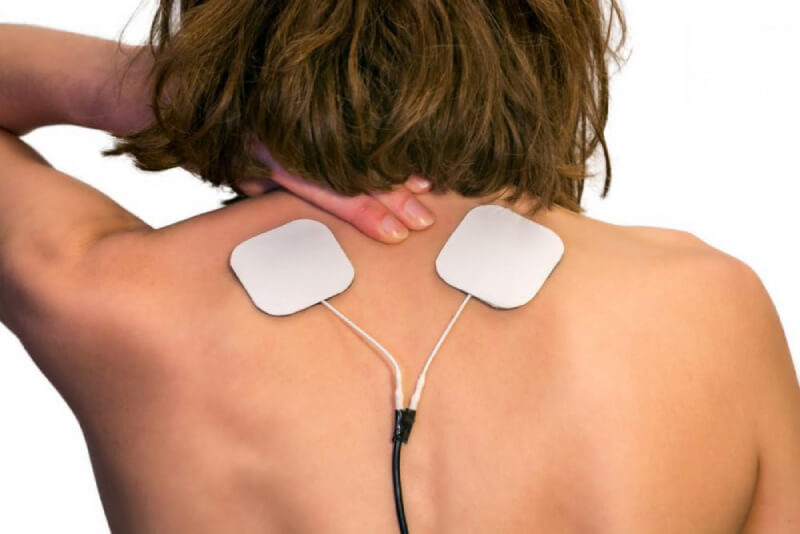Approximately 34,000 spinal cord stimulators are implanted each year in patients around the world, and this number is growing thanks to the many benefits of this approach to pain management. If you’re keen to try neuromodulation, you first need to undergo a trial period to determine whether spinal cord stimulation can deliver meaningful pain relief.
At Spinal Diagnostics, our team of pain management experts has had great success with spinal cord stimulators, and we’ve been able to help our patients find much-needed relief from chronic pain.
Here, we explore what you can expect during your trial period.
Before we get into the trial period for spinal cord stimulators, let’s quickly review how they work. Spinal cord stimulators manage your pain through neuromodulation, a technique in which we disrupt the pain messaging between your spinal cord and your brain using electrical impulses.
This type of pain relief offers many benefits, not the least of which is avoiding medications and potentially risky surgical interventions.
When we implant a spinal cord stimulator, we place electrodes into the appropriate area in the epidural space surrounding your spinal canal. These leads are controlled by a generator that we implant under your skin, usually in your chest, buttocks, or abdomen.
However, before we implant these devices we want to make sure that they work to relieve your pain, which is why a trial period is so important.
To start your trial period for spinal cord stimulation, we insert electrodes into your spinal canal in the area where we believe your nerves are overactive. We use fluoroscopy (live X-ray) to guide the electrodes into position and then rely on an external transmitter to deliver the right energy impulses.
In other words, the primary difference with your trial period is that we’re not implanting the generator yet. Instead, we connect the electrodes to the unit externally, and you’ll wear the unit on a special belt.
We implant the electrodes during an in-office procedure, and then try them out while you’re still on the treatment table. Your input during this assessment is critical, and we use this time to reposition electrodes, if necessary, and determine the appropriate strength of the impulses.
Once we’re satisfied with the placement of the electrodes and the strength of the neuromodulation, we connect the electrodes to the external transmitter, and you’re free to go home.





